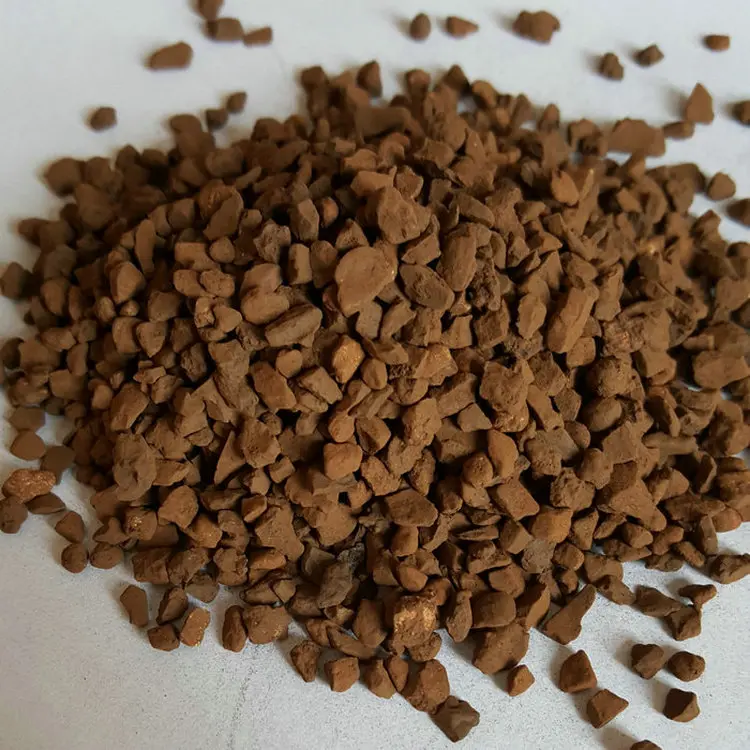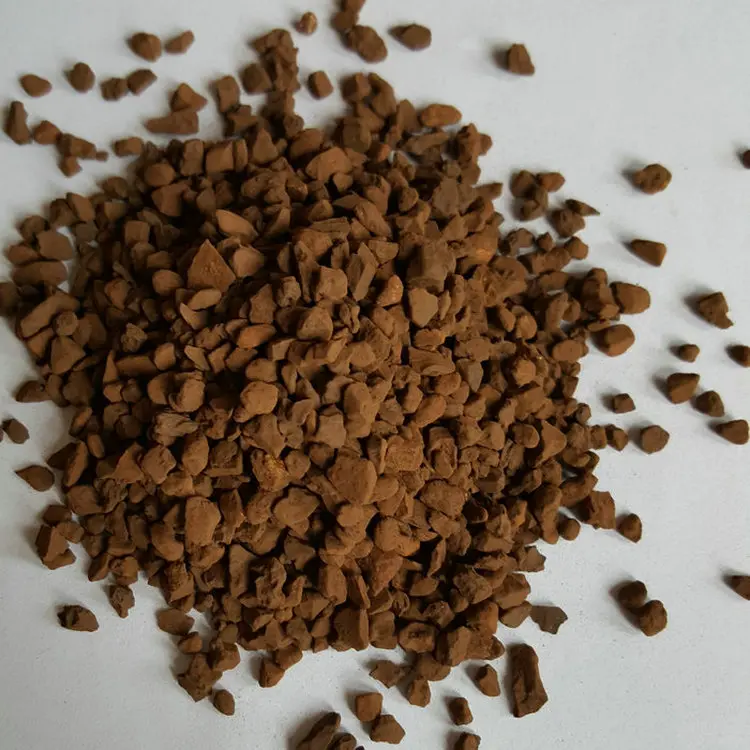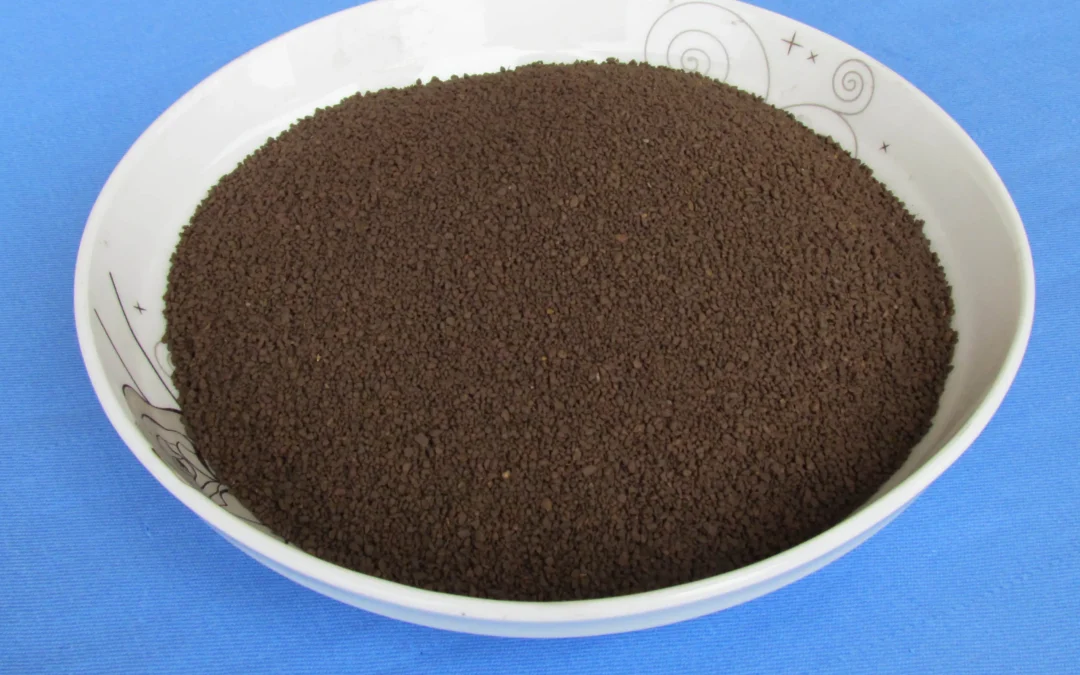Filtration media are the backbone of water purification systems, ensuring water quality for industrial, municipal, and domestic applications. Among the widely used materials are manganese sand, activated carbon, and quartz sand. Each serves distinct purposes with unique advantages and limitations. This in-depth comparison evaluates these filtration media, focusing on key factors such as performance, cost-efficiency, and suitability for various applications. With data-driven insights and practical recommendations, this article aims to help readers make informed decisions when selecting the right media for their filtration systems.
1. Manganese Sand
Manganese sand is a granular material composed primarily of manganese dioxide (MnO₂). Its oxidative properties make it highly effective at removing dissolved metals, such as iron and manganese, from water. This is critical in groundwater treatment, where high metal content is a common issue.
2. Activated Carbon
Activated carbon is a porous material derived from organic sources like coconut shells or coal. Its extensive surface area makes it ideal for adsorbing organic contaminants, chlorine, and odors. It is commonly used in residential water filters and industrial applications.
3. Quartz Sand
Quartz sand, predominantly silicon dioxide (SiO₂), is widely used for particulate filtration. It serves as a primary layer in multi-media filters, effectively removing sediments and suspended solids.

Detailed Comparison of Filtration Media
Key Properties and Performance Metrics
| Property | Manganese Sand | Activated Carbon | Quartz Sand |
|---|---|---|---|
| Main Composition | Manganese Dioxide (MnO₂) | Carbon-based (e.g., coconut shell, coal) | Silicon Dioxide (SiO₂) |
| Primary Function | Iron and manganese removal | Organic contaminant and odor removal | Particulate and sediment filtration |
| Filtration Efficiency | High for dissolved metals | High for organic impurities | Moderate for physical particulates |
| Lifespan | 5–7 years | 6–12 months (depending on use) | 3–5 years |
| Cost | Moderate | High | Low |
| Regeneration | Periodic backwashing | Replacement required | Periodic backwashing |
| Applications | Groundwater treatment, municipal water | Residential filters, odor control | Sand filters, pool systems |

Advanced Insights: The Science Behind the Media
Manganese Sand
The efficiency of manganese sand lies in its catalytic oxidation properties. When water passes through a bed of manganese sand, dissolved iron (Fe²⁺) and manganese (Mn²⁺) are oxidized to insoluble forms, which are then filtered out. This process prevents staining of plumbing fixtures and ensures compliance with drinking water standards. Manganese sand can be regenerated with potassium permanganate, extending its lifespan.
Activated Carbon
Activated carbon relies on adsorption, a process where contaminants adhere to the surface of its pores. It is particularly effective at removing organic chemicals, pesticides, and volatile organic compounds (VOCs). However, its adsorption capacity decreases over time, necessitating regular replacement.
Quartz Sand
Quartz sand acts as a mechanical filter, trapping suspended particles as water flows through its layers. While it lacks chemical filtration capabilities, it is an essential component in multi-stage filtration systems where sediment removal is the primary goal.
In-Depth Analysis: Strengths and Weaknesses
1. Manganese Sand
-
Strengths: Long-lasting, high efficiency for dissolved metals, environmentally friendly.
-
Weaknesses: Ineffective against organic pollutants, higher upfront cost than quartz sand.
2. Activated Carbon
-
Strengths: Exceptional for taste, odor, and organic contaminant removal; versatile.
-
Weaknesses: Short lifespan; ineffective for iron and manganese removal.
3. Quartz Sand
-
Strengths: Affordable, durable, excellent for sediment filtration.
-
Weaknesses: Limited filtration capabilities; does not address chemical contaminants.
Choosing the Right Media: Practical Recommendations
1. Application-Specific Needs
-
Manganese Sand: Best for water sources with high iron and manganese levels. Ideal for municipal systems and industrial applications.
-
Activated Carbon: Suitable for residential use and applications targeting organic and taste/odor issues.
-
Quartz Sand: Cost-effective solution for basic sediment filtration, often used in pools and irrigation systems.
2. Budget and Maintenance
-
Low Budget: Quartz sand is the most economical choice.
-
Balanced Investment: Manganese sand offers long-term cost savings through its extended lifespan.
-
High Budget: Activated carbon delivers superior performance for targeted applications.
External Resources for Filtration Media
- Manganese Sand Suppliers: Explore BTL New Material, a leading supplier of high-quality manganese dioxide products.
- Activated Carbon Applications: Learn more about its versatility on Carbon Activated Corporation.
- Quartz Sand in Filtration Systems: Check out Quartz Corp for more insights.
Case Studies and Real-World Applications
1. Municipal Water Treatment in Asia
A water treatment plant in India used manganese sand to address excessive iron and manganese levels in groundwater. The system achieved compliance with WHO standards, improving water quality for over 50,000 residents.
2. Household Filters in North America
Activated carbon is a staple in residential water filters, removing chlorine and enhancing water taste for millions of homes.
3. Pool Filtration Systems in Europe
Quartz sand remains the preferred choice for cost-effective and efficient sediment removal in commercial swimming pools across Europe.
Why Choose Manganese Sand?
Manganese sand offers unmatched performance for dissolved metal removal, making it a cornerstone of groundwater treatment systems. Its durability, coupled with low maintenance requirements, provides a sustainable and cost-effective solution for both industrial and municipal applications.
For high-quality manganese sand, visit BTL New Material, a trusted supplier of filtration media with proven expertise in water treatment solutions.
Conclusion
Selecting the right filtration media is pivotal for achieving desired water quality. Manganese sand stands out for its efficiency in addressing iron and manganese issues, while activated carbon and quartz sand offer complementary benefits for organic and sediment filtration. By understanding the science and practical applications behind each material, you can make informed decisions that align with your needs and budget.
We are global supplier of manganese dioxide,manganese carbonate and manganese sand filter.
Contact me to provide custom solutions to boost your business.

I am Edward lee, CEO of BTLnewmaterial, an engineer and international sales with more than 10 years experience
reach me to discuss more custom solutions for your business.
